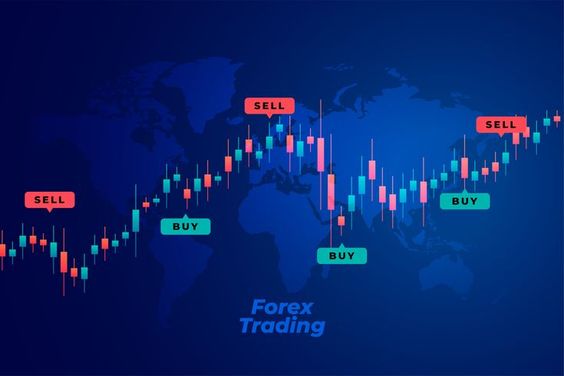A forex trading robot is a colloquial word for algorithmic trading that is based on a collection of forex market signals to help determine whether to buy or sell a currency pair at a specific point in time. These systems are frequently fully automated and connect to online forex brokers or exchange platforms.
Forex trading robots are intended to aid traders who desire to employ automated trading systems to help with technical analysis and repetitive aspects of forex trading.
A forex robot, also known as an automated trading system, is a way of trading forex that employs a computer program. It is also referred to as an algorithmic trading system or Expert adviser.
Understanding Forex Trading Robots
Forex trading robots are software systems that create trading signals automatically. The majority of these robots are created with MetaTrader, which uses the MQL programming language to allow traders to produce trading signals, place orders, and manage transactions.
Forex robots are intended to reduce the psychological component of trading, which can be damaging. Automated forex trading robots are available for purchase on the Internet, but traders should exercise caution when doing so.
Companies will frequently materialize overnight to provide trading techniques with a money-back guarantee, only to vanish a few weeks later. They may cherry-pick successful trades as the most likely outcome of a trade or utilize curve-fitting to achieve excellent results when backtesting a system, but these are not real risk and opportunity assessment techniques.
Another criticism leveled towards forex trading robots is that while they create profits in the short term, their long-term performance is varied. This is mostly because they are programmed to move within a given range and to follow trends. As a result, a quick price change can wipe away short-term earnings.
Types of Forex Automation
When it comes to what jobs a forex robot can execute, there is a wide range to consider. Most robots are programmed to scan and understand millions of distinct forex charts at the same time, which a human would never be able to do.
Some of the simplest FX robots are built to just transmit trading signals to traders, whilst others may act on such signals, such as determining when the best time is to trade. There are two types of automated trading systems: –
- Fully automated
Based on a set of established rules, a fully automated trading system analyses the market for trading opportunities and executes trades electronically on behalf of its user.
As soon as a trade is entered, it produces stop-loss orders, trailing stops, and profit objectives. If you don’t have much time to commit to forex trading, or if sticking to a trading plan is tough for you, a fully automated system may be a decent solution.
You should be aware, however, that you cannot simply set it up and then sit back and watch the money come in. It will need to be monitored to detect and handle any problems. Even the best-automated systems cannot guarantee success and cannot reproduce any of the personal characteristics that distinguish a competent trader.
- Semi-Automated
A semi-automated system analyses the currency markets and looks for trading opportunities, again using a pre-programmed trading strategy. It then provides the user trading signals with entry prices, stop-loss orders, and profit objectives, and the trader must decide whether to act on them and manually make the trade.
This approach frees up the trader’s time by handling much of the preliminary work for them. It can scan and analyze markets far faster than a human can, and it helps to reduce emotional trading by giving alerts based only on strategy.
This technique may be better suited to a trader who has more time to spend on forex but wants to automate some of their activities. Using a semi-automated method gives the trader more control over their account and allows them to apply their skills, experience, and expertise before determining whether or not to make a deal.
Do Forex robots work?
Forex robots are programmed to enter trading orders in place of a human trader. The trade orders entered by the robot are determined by a series of mathematical algorithms programmed by its inventor.
For traders who use a purely mechanical trading approach, forex robots can provide a solution that can trade on their behalf at all hours of the day and night.
The actions taken by forex robots are determined by the technical analysis tools with which they have been programmed. Backtesting is used by the top forex robot programmers to ensure that their robots are designed to maximize earnings.
They are a handy tool that forex traders can utilize to make more educated trading decisions. At worst, they are scams in which traders routinely lose money.
If you don’t want to rely on something or give your hard-earned money to a forex robot, you must learn to manage your own money in forex trading. To trade like a professional, you must study everything there is to know about the forex market. You can take the Capital Varsity Forex trading course to learn everything there is to know about the forex market.

